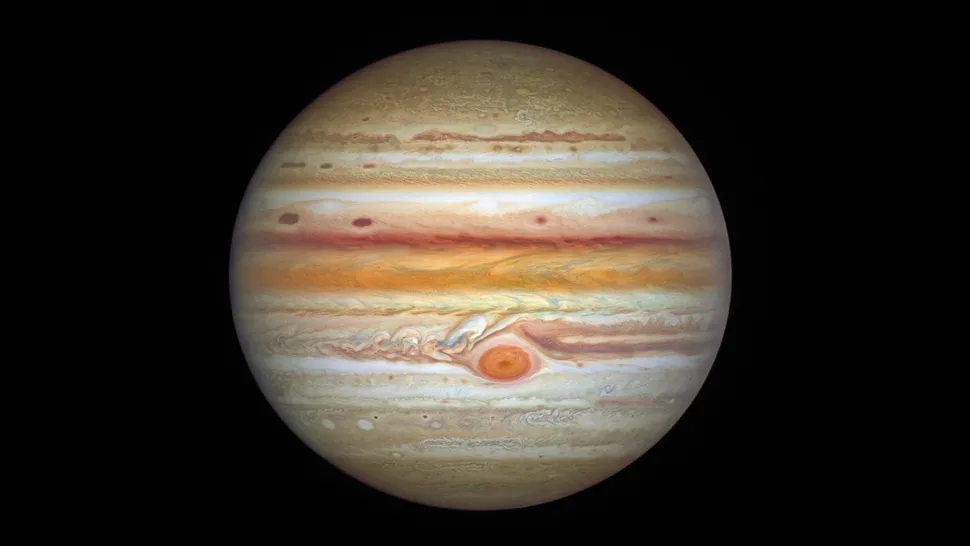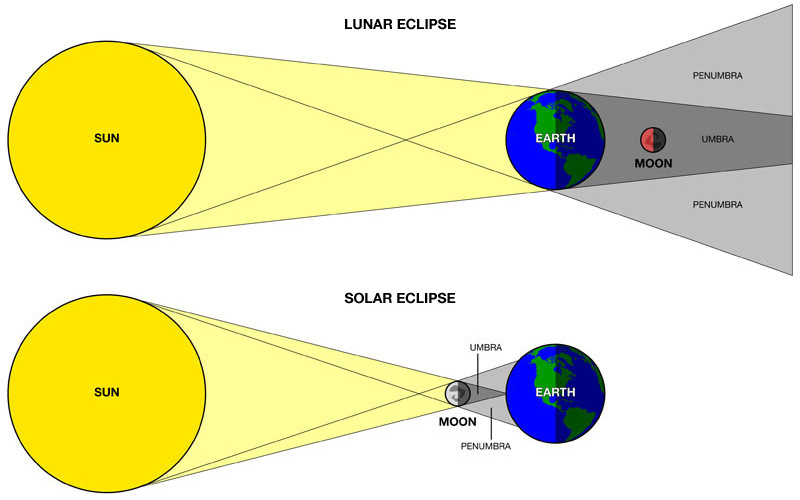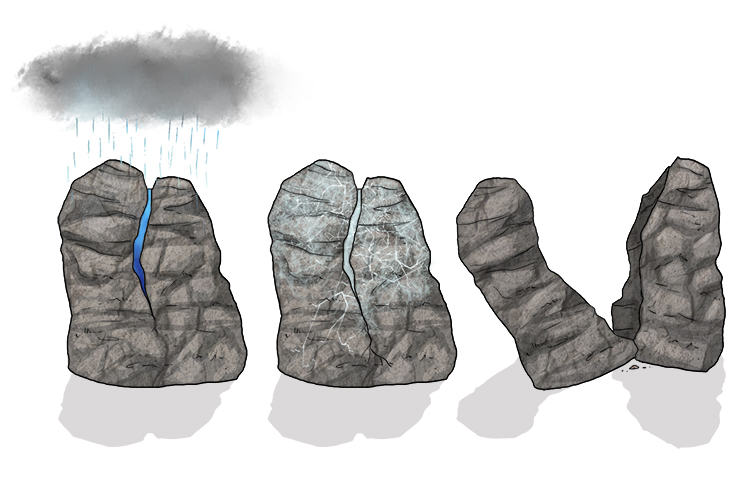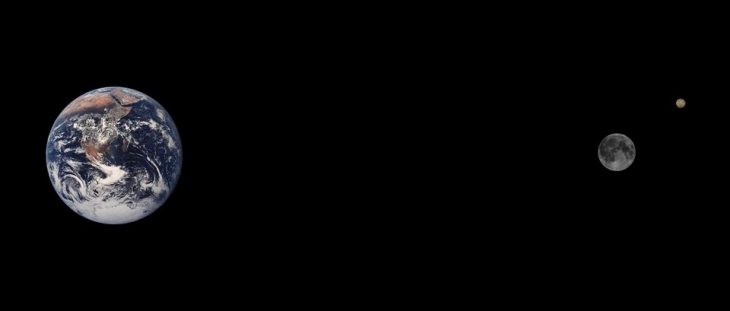What is the 7th planet in our solar system?
 Uranus
Uranus
What is weathering?
The breaking down of rock into smaller pieces by the action of wind, rain, and temperature change
What is the Sun?
 A Star
A Star
What are Seasons?
A change in temperature that happens every year due to how close or far the earth is from the sun.
What is the moon?
A natural satellite.
What is the largest planet in our solar system?
 Jupiter
Jupiter
What is a sediment?
solid material, moved by wind and water, that settles on the surface of land or the bottom of a body of water?
What gases is the sun primarily made of ?
Hydrogen and Helium.
23.5 degrees.
What happens During a solar eclispe?
 The moons shadow falls on the earth.
The moons shadow falls on the earth.
About how old is the earth?
4 billion years old
Chemical weathering
 occurs when chemicals in the air and water interact with rocks and minerals to break them down
occurs when chemicals in the air and water interact with rocks and minerals to break them down
How far is the Sun away from Earth?
93 million miles (150 million kil)
what is the axis ?
 An imaginary line that passes through Earth's center that the earth rotates on.
An imaginary line that passes through Earth's center that the earth rotates on.
What moon phase has no light?
A New Moon.
What is the big Red spot ?
 A giant storm twice the size of the earth located on Jupiter.
A giant storm twice the size of the earth located on Jupiter.
Mechanical Weathering
is a physical change caused by processes such as the movement of water or wind
What planet does the sun orbit ?
None
What is the Northern Hemisphere?
The region location above the equator.
What phase of the moon is present during a lunar eclipse?
Full Moon.
Is Pluto a planet?
NO.
What is erosion?
 The process in which wind, water, ice, or other things move pieces of rock and soil over Earth's surface.
The process in which wind, water, ice, or other things move pieces of rock and soil over Earth's surface.
Is the Sun large enough to create a black hole upon the end of its life?
No.
What is the equator?
 The imaginary line drawn around the earth that divide the earth equally into the northern and southern hemispheres.
The imaginary line drawn around the earth that divide the earth equally into the northern and southern hemispheres.
How far is the moon from the Earth (exact number!)?
 238,900 miles
238,900 miles